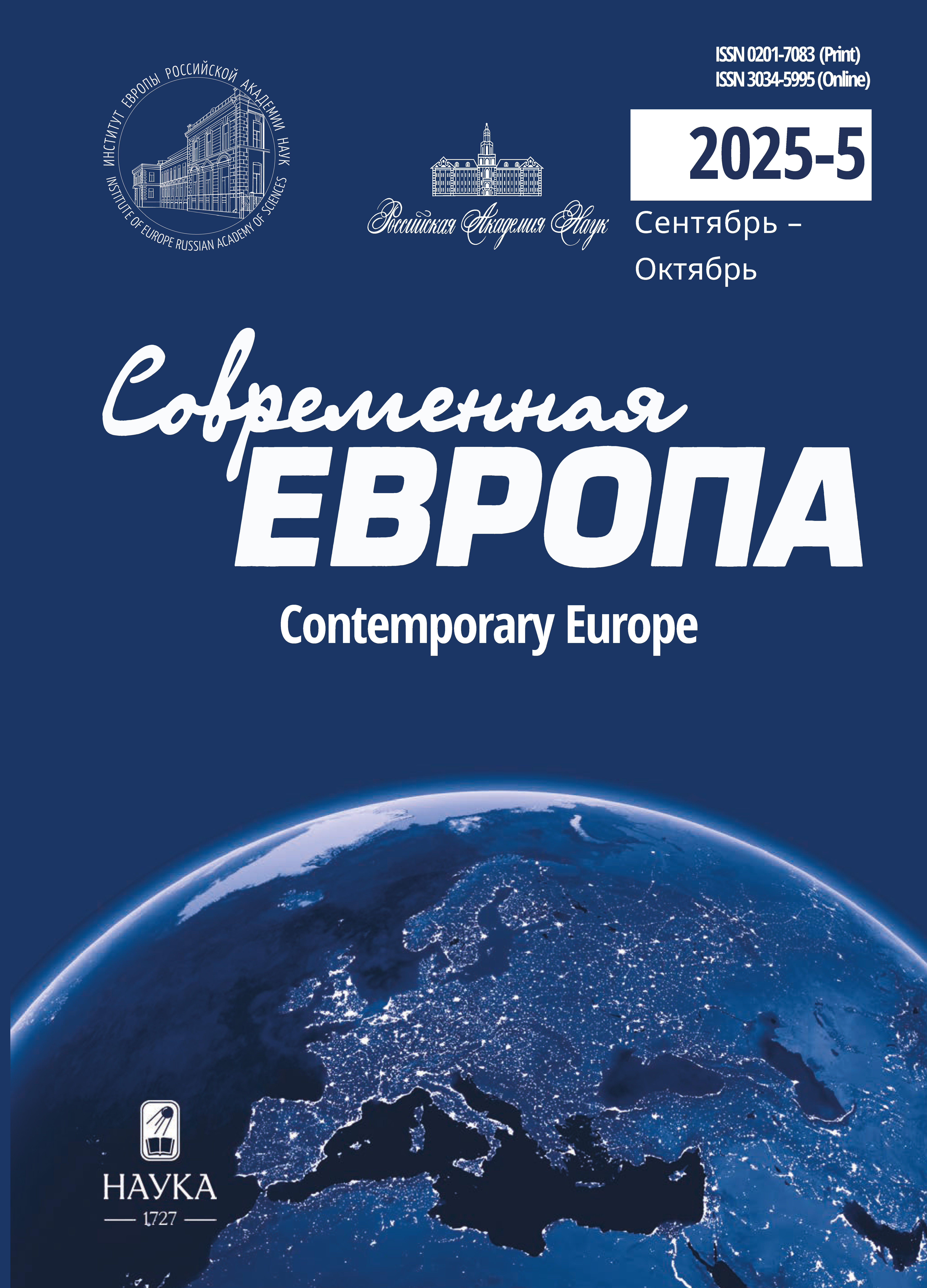Contested Languages: On Multilingualism in Europe and National Identity
- Authors: Rarenko M.B.1
-
Affiliations:
- Institute of Scientific Information on Social Sciences (INION) Russian Academy of Sciences
- Issue: No 5 (133) (2025)
- Pages: 203-209
- Section: REFLECTING ON WHAT WE HAVE READ
- URL: https://rjpbr.com/0201-7083/article/view/695698
- DOI: https://doi.org/10.31857/S0201708325050171
- ID: 695698
Cite item
Abstract
The article, based on the collective monograph «Contested Languages: The Hidden Multilingualism of Europe» (2021), edited by M. Tamburelli and M. Tosco, analyses the language situation in the modern world using the example of the European countries. Attention is paid to the issue of the contested languages that usually do not receive state support and are endangered. The interests of the speakers are not taken into account in the political, economic and cultural programs. This fact causes concerns of the general public, scientists, and officials involved in language policy. Currently there is an increasing tendency to identify languages that is based on socio-political considerations rather than linguistic criteria. The purpose of the article is to consider the issues of hidden multilingualism. The issue of contested languages is relevant for Russia as well, whose citizens use 159 native languages, excluding dialects.
About the authors
Maria Borisovna Rarenko
Institute of Scientific Information on Social Sciences (INION) Russian Academy of Sciences
Email: rarenco@rambler.ru
Candidate of Sciences (Philology) Moscow, Russia
References
- Богданов С.И., Марусенко М.А., Марусенко Н.М. (2020) Языковой капитал в структуре человеческого и культурного капитала (социальные и образовательные аспекты изучения и использования языков). Изд-во РГПУ им. А. И. Герцена, Санкт-Петербург. 304 с.
- Опарина Е.О., Раренко М.Б. (ред.) (2024) Естественные языки на автохтонных территориях и за их пределами: ИНИОН РАН, Москва. 223 с.
- Раренко М.Б. (2020a) Валлийский язык и его позиция в современном мире. Социология и общество: традиции и инновации в социальном развитии регионов. Сборник докладов VI Всероссийского социологического конгресса. Под. ред. В.А. Мансурова, Е.Ю. Ивановой. РОС; ФНИСЦ РАН, Москва. С. 2475‒2479.
- Раренко М.Б. (отв. ред.) (2020b) Английский язык на территории Соединенного Королевства Великобритании и Северной Ирландии и за его пределами. ИНИОН РАН, Москва. 208 с.
- Трошина Н.Н. (ред.) (2015) Языковая ситуация в Европе начала XXI века: Сб. обзоров. ИНИОН РАН, Москва. 179 с.
- Ammon U. (2015) Die Stellung der deutschen Sprache in der Welt. Walter de Gruyter. 1295 p.
- Tamburelli M., Tosco M. (ed.) (2021) Contested Languages: The Hidden Multilingualism of Europe. John Benjamins Publishing Company, Amsterdam, Netherlands. 271 p.
- Extra G., Durk G. (2001) The Other Languages of Europe: Demographic, Sociolinguistic and Educational Perspectives. Multilingual Matters, Clevendon, UK. 454 p.
- Kloss H. (1976) Abstandsprachen und Ausbausprachen. Zur Theorie des Dialekts: Aufsätze aus 100 Jahren Forschung mit biographischen Anmerkungen zu den Autoren. Ed. by J. Göschel, N. Nail, G. Van der Elst. Steiner, Wiesbaden, Germany. P. 301‒322.
- Nettle D., Romaine S. (2000) Vanishing Voices: The Extinction of the World’s Languages. Oxford University Press, New York, USA. 243 p.
Supplementary files











